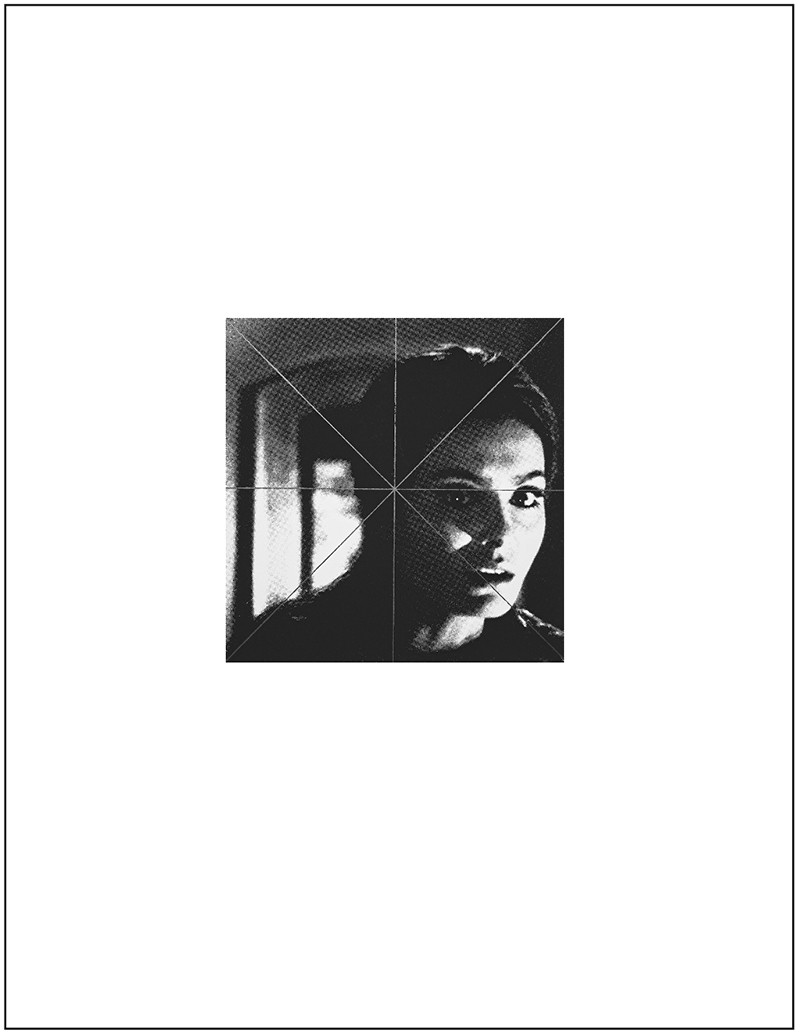Medusa
— Emmanuel Van der Meulen
4th February, 2023 — 25th March, 2023Press release
To see is to be seen.
Seen by liquid, liquefying eyes, livid chasms dripping black, from which reach tentacles of dazzling light: their embrace could be fatal. Fascination being the inability to detach one’s gaze from its object, to want to see so much that you are blinded – this lethal oblivion, that thanatotic gaze, “you know the story of Medusa’s eyes.”[1]
It is scopic, the painting of Emmanuel Van der Meulen. After Quod Aparet (‘what appears’) in 2017 and Opsis (‘view’) in 2019 comes Medusa, the third in this triptych presented at the Galerie Allen, likewise dealing with vision and its paradoxes. Except the square “a mal tourné”,[2] turned bad; nothing stands in the way anymore, but that doesn’t mean we’re seeing better. There’s danger in those searing white terrors on their black grounds, where absence itself might be a horrifying thing. Here, that absence is thick, the void yawns, slowly, as the paint builds up, creeping out of the centre and towards the edge of the canvas.
Two empty orbs fill with fizzing, thick, whitish liquid, gradually becoming eyes, open again after two hundred years of enforced sleep. Evil witch Asa can finally wreak her vengeance, sucking the life force from her descendant Katia
– freeze frame.
Eight faces, captured in fear – or at the very least worry –, in snapshots from films by Mario Bava, black and white, cropped and silkscreened. Sixteen open eyes, unblinking (“don’t blink”, the life-saving injunction in Doctor Who for those caught facing the weeping stone angels).[3] Superimposed on these faces, a motif, somewhere between a target and a measuring instrument, pointing towards a temple, or a cry (the Gorgon’s, in some tellings, is as terrifying as her gaze), or an eye – Asa/Katia: Barbara.[4] Dry and analytical, in iridescent graphite ink, the scenes are as chilled as their perspectives are shifted – the vanishing point is in the eye of the beholder. What is bewitching, what is medusive in this scene is the unseen; it lies in the exchange of gazes.
With a mirror to the eye, we go off-canvas, peer beyond the image to understand what was hiding in plain sight, what was showing itself and daring us to look. Once the initial stupefaction has passed, with a gaze more tempered, the paintings cease to be images, and begin to reveal the traces of a process, of time longer than that of stupor. The painting, abandoned to itself, sits on its canvas. It responds to the bolt of dread with languor. It flows back and forth on its surface, encountering, in its motion, obstacles methodically placed between canvas and support to collide with the painting’s edges and announce its existence. Another ‘shock’ springs to mind: Morris Louis’ on discovering a painting by Helen Frankenthaler, and the vast canvases he made in response.
Yet the mystery is tenacious, and these repeated gestures of covering up amount to a retreat, a withdrawal, and a revealing of what lies behind the painting’s dense, black surface, behind the demon’s mask. In this game of negatives, a trespassing occurs. The white paint bleaches, masks, smears and, like a photogram, lets in an image of what has happened here: the weft of the canvas, its snags, the colour and the canvas ground rise back up to the surface. It is an image that also arises from the silk screen’s negative. In these passages, in the matte opaqueness of ink and paint, in this troubled surface, something is taking place.
The gates of Hades, until now guarded by the Gorgon, swing open, and the image dissolves in liquid matter and repeated gesture until its analogue function is lost.5 A metamorphosis – the visible opens up and becomes concrete, the optical and haptical senses are close by. An almost tactile pleasure is found in the thickness and continuity of the painting: looking again was worth the risk. We begin to understand that in resisting the image so, the material has taken on what has disappeared, and is not decapitated by it, but rather impregnated, imbued.
Plot-twist –
This is not a horror story but an initiation. The image itself controls its ambivalence: like a mirror that conjures something terrible it is a “jumpscare in slow motion”,6 unmasking painting in all its material and structural truth.
– Carin Klonowski
Translated from the French by Flora Hibberd
1. Faust I, Johann Wolfgang von Goethe, translated by Walter Kaufmann. Mephistopheles’ reply to Faust, who believes he sees Marguerite and senses her in danger in the Walpurgis night.
2. Exchange with the artist in his studio, November 2022.
3. “Blink”, episode 3, season 10, in which Sally and the Doctor face the ‘weeping angels’, creatures that metamorphose into winged statues when looked at.
4. In Mario Bava’s Black Sunday, Barbara Steele simultaneously (specularly?) plays the film’s two central characters.
5. In his conference Mario Bava : l’image qui saigne (‘the bleeding image’), Jean-François Rauger speaks of a similar effect created by the cinematographer’s use of blur (La Cinémathèque française, 2019).
6. Email correspondence with the artist, November 2022.
Medusa
4th February, 2023 — 25th March, 2023 , Galerie Allen
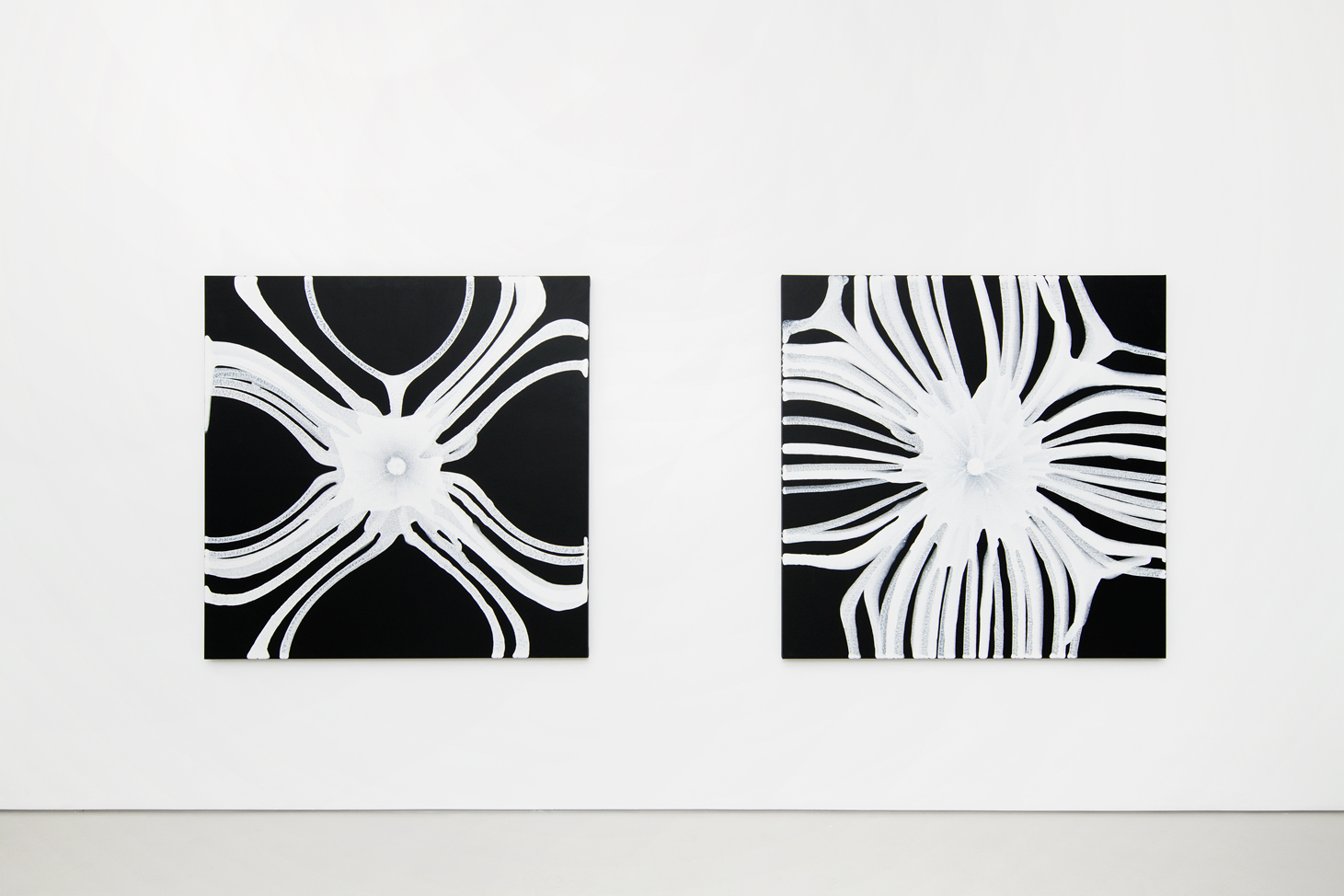
Medusa
4th February, 2023 — 25th March, 2023 , Galerie Allen
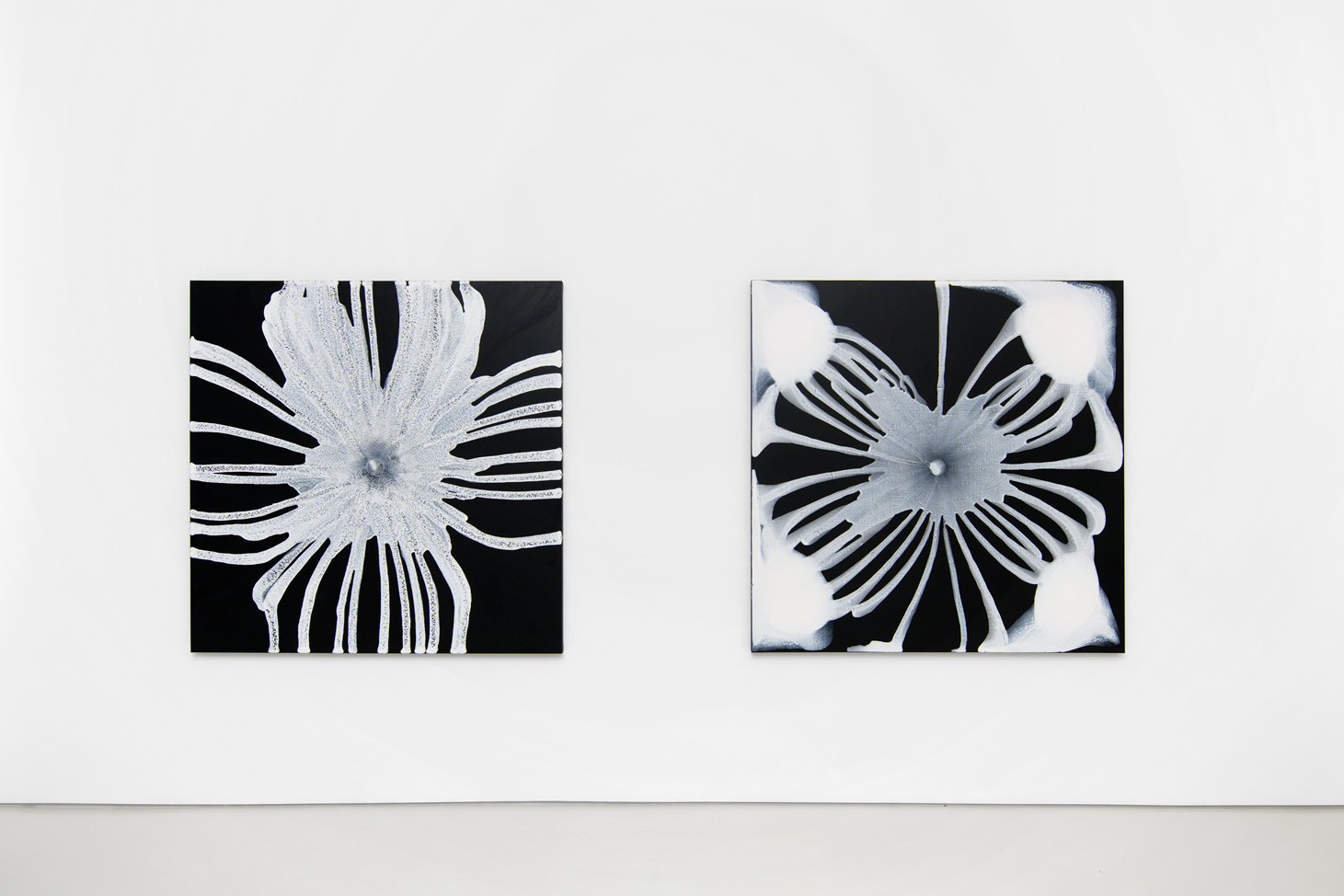
Medusa
4th February, 2023 — 25th March, 2023 , Galerie Allen
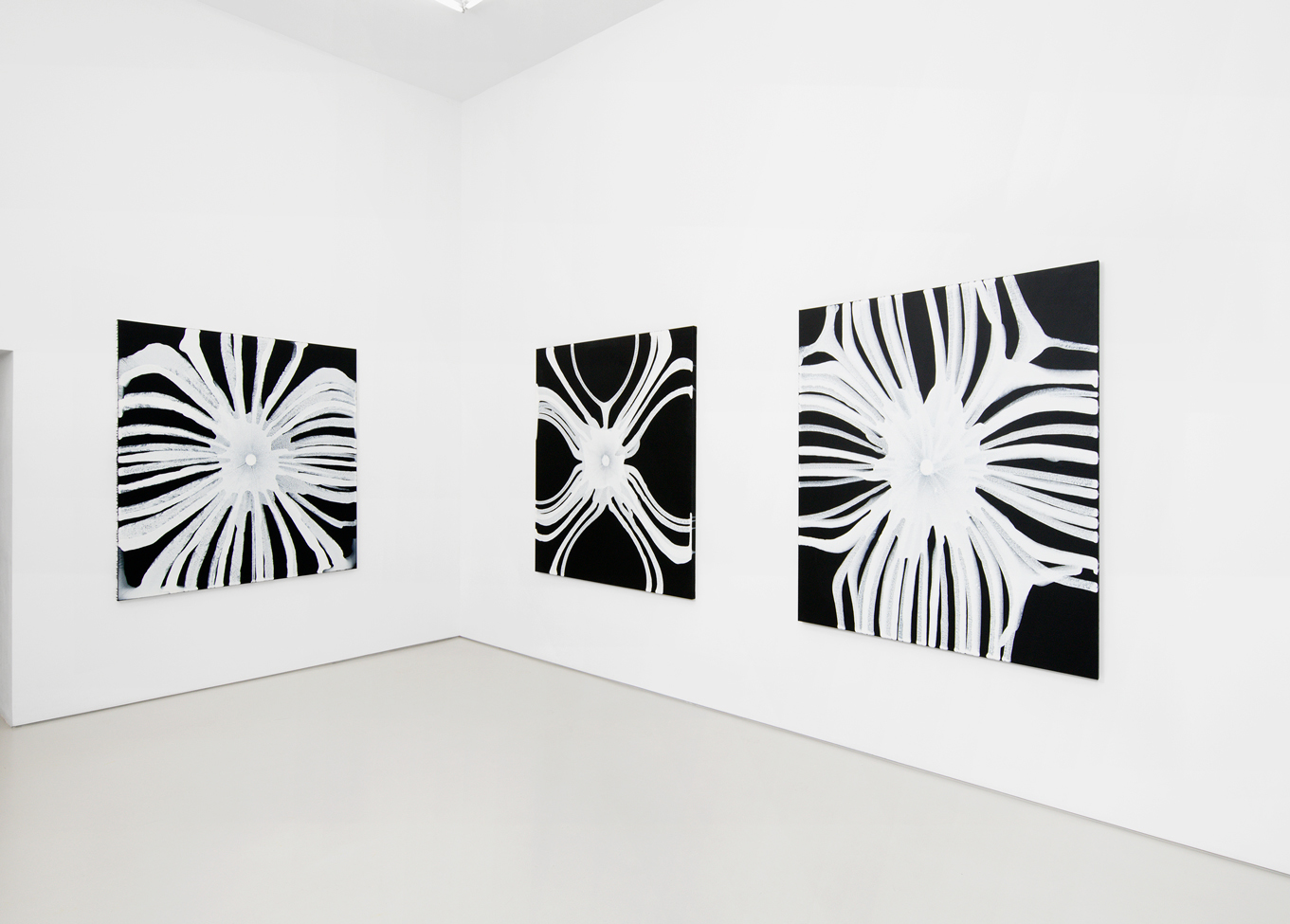
Medusa
4th February, 2023 — 25th March, 2023 , Galerie Allen
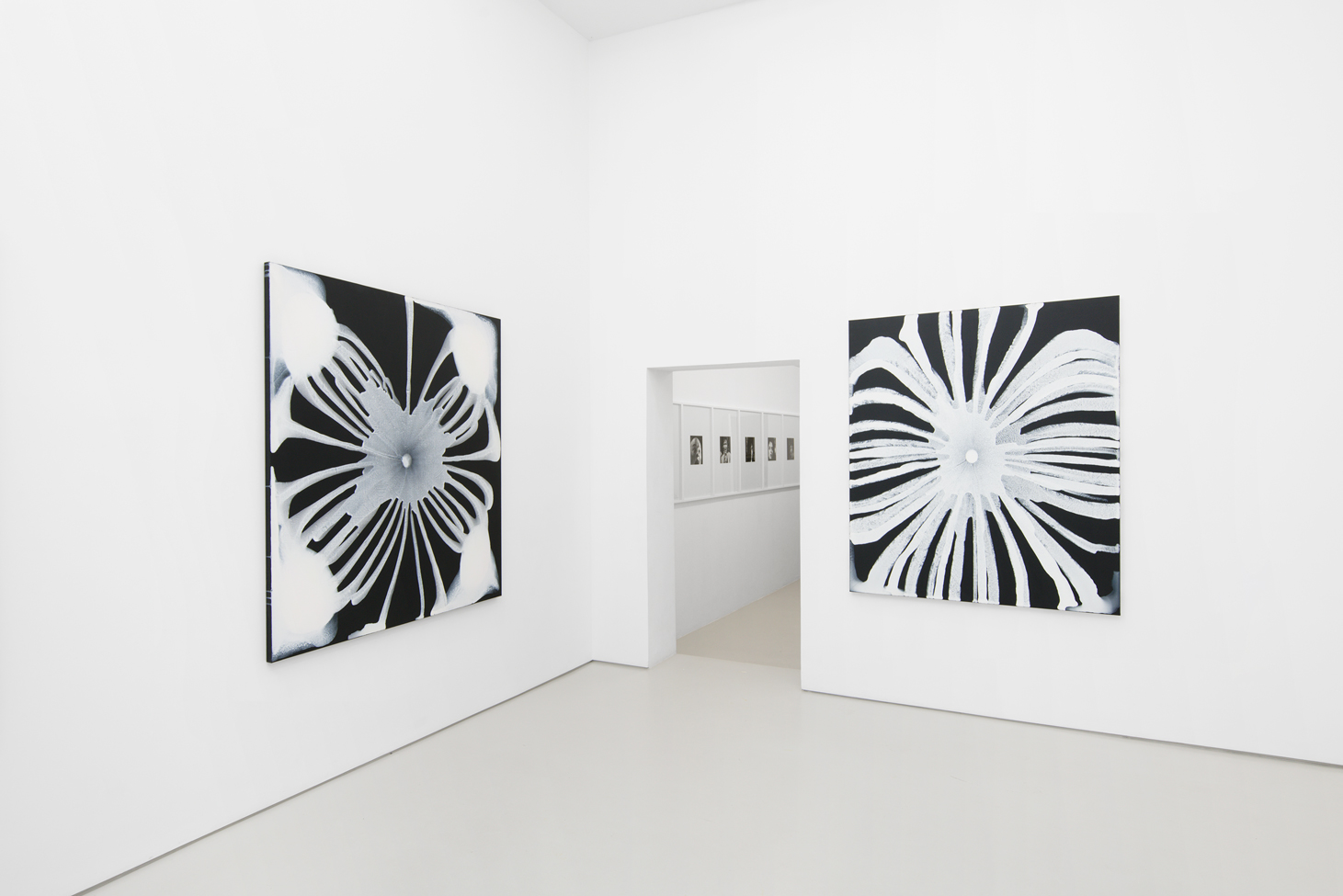
Medusa
4th February, 2023 — 25th March, 2023 , Galerie Allen
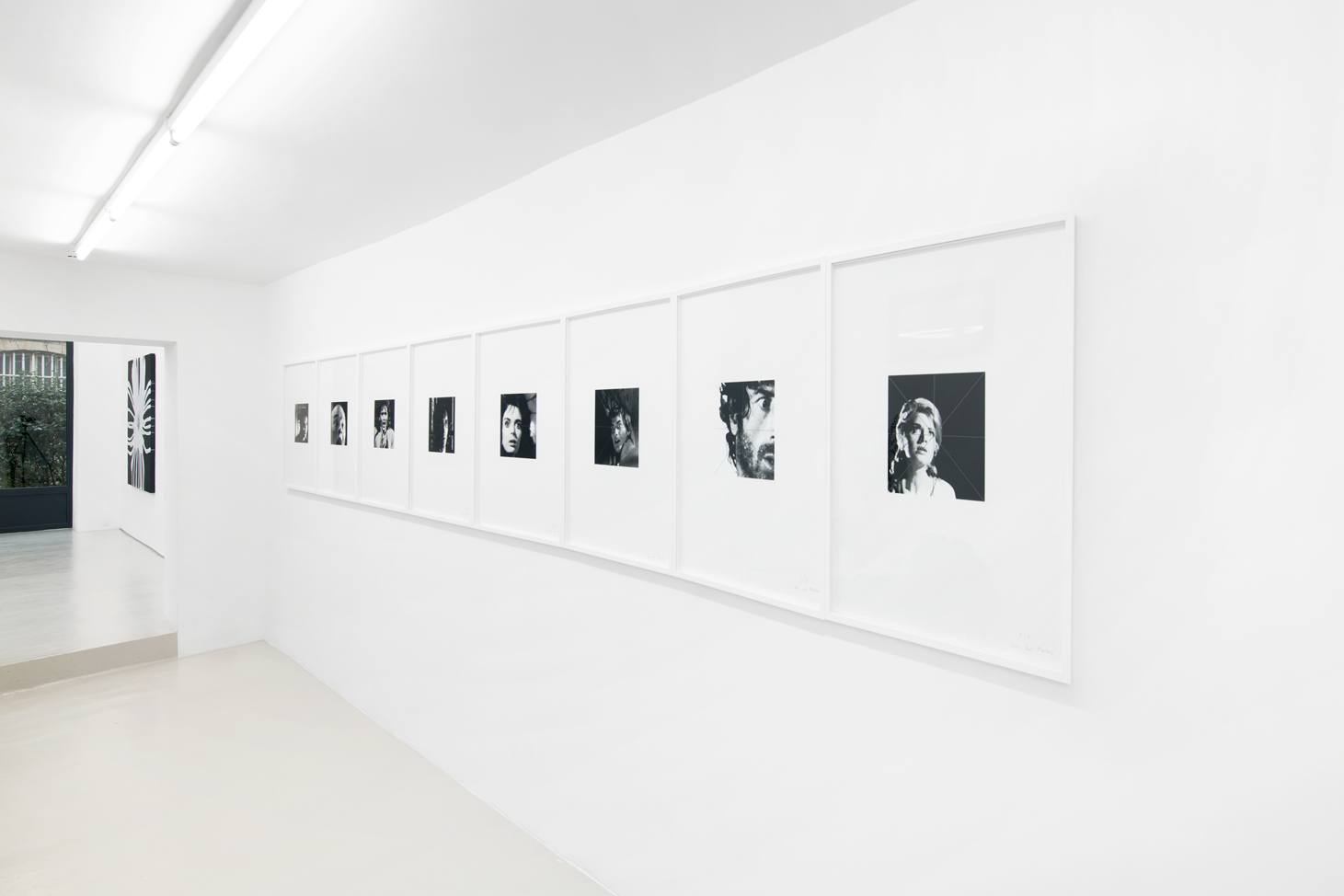
Medusa
4th February, 2023 — 25th March, 2023 , Galerie Allen
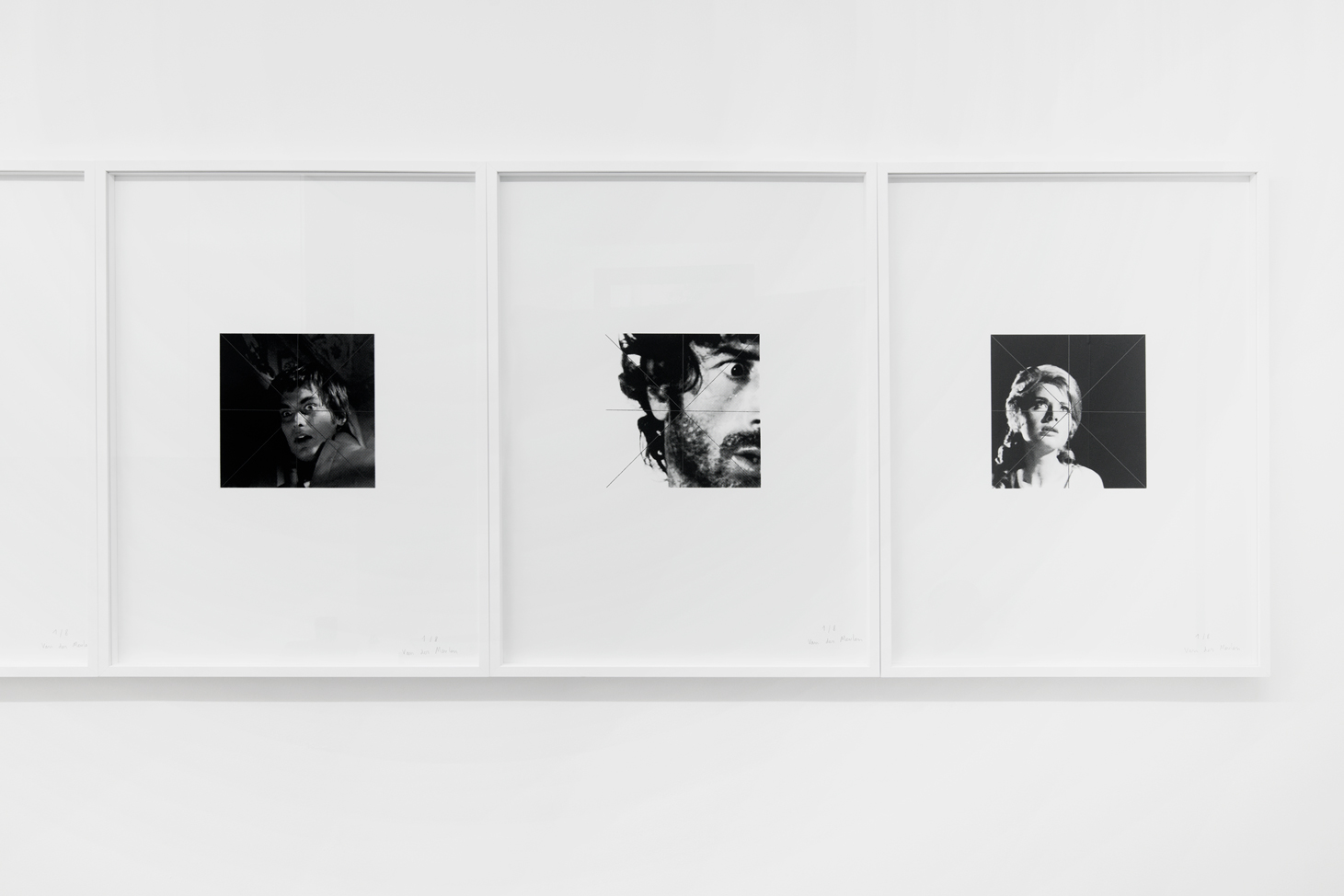
Medusa I, 2022
Acrylic on canvas
150 x 150 cm
Courtesy the artist and Galerie Allen, Paris
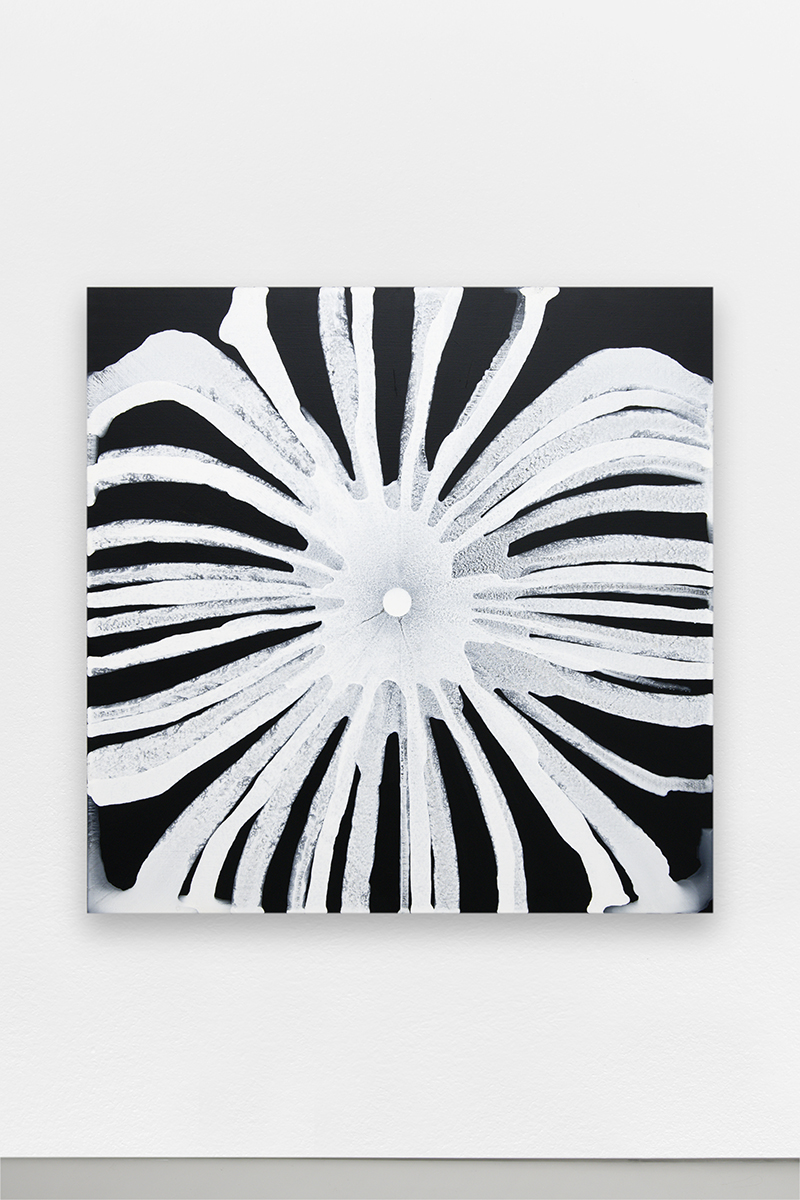
Medusa II, 2022
Acrylic on canvas
150 x 150cm
Courtesy the artist and Galerie Allen, Paris
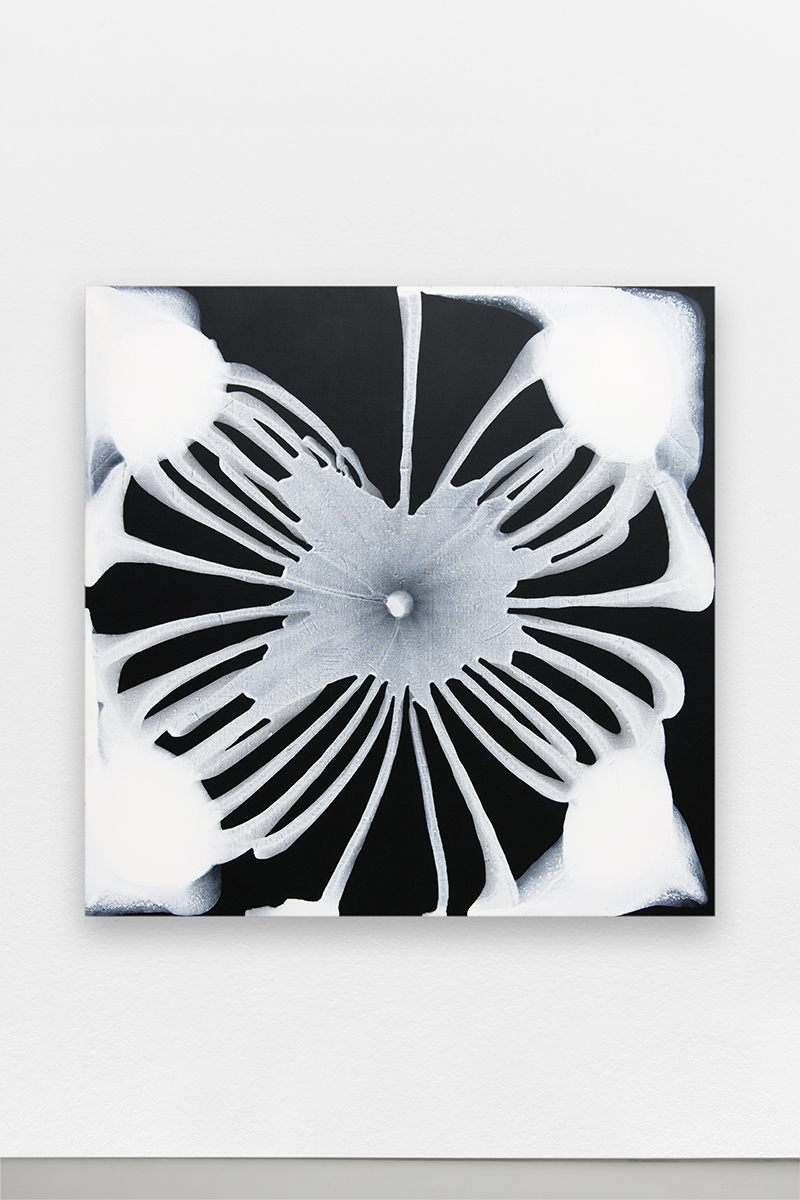
Medusa III, 2022
Acrylic on canvas
150 x 150cm
Courtesy the artist and Galerie Allen, Paris
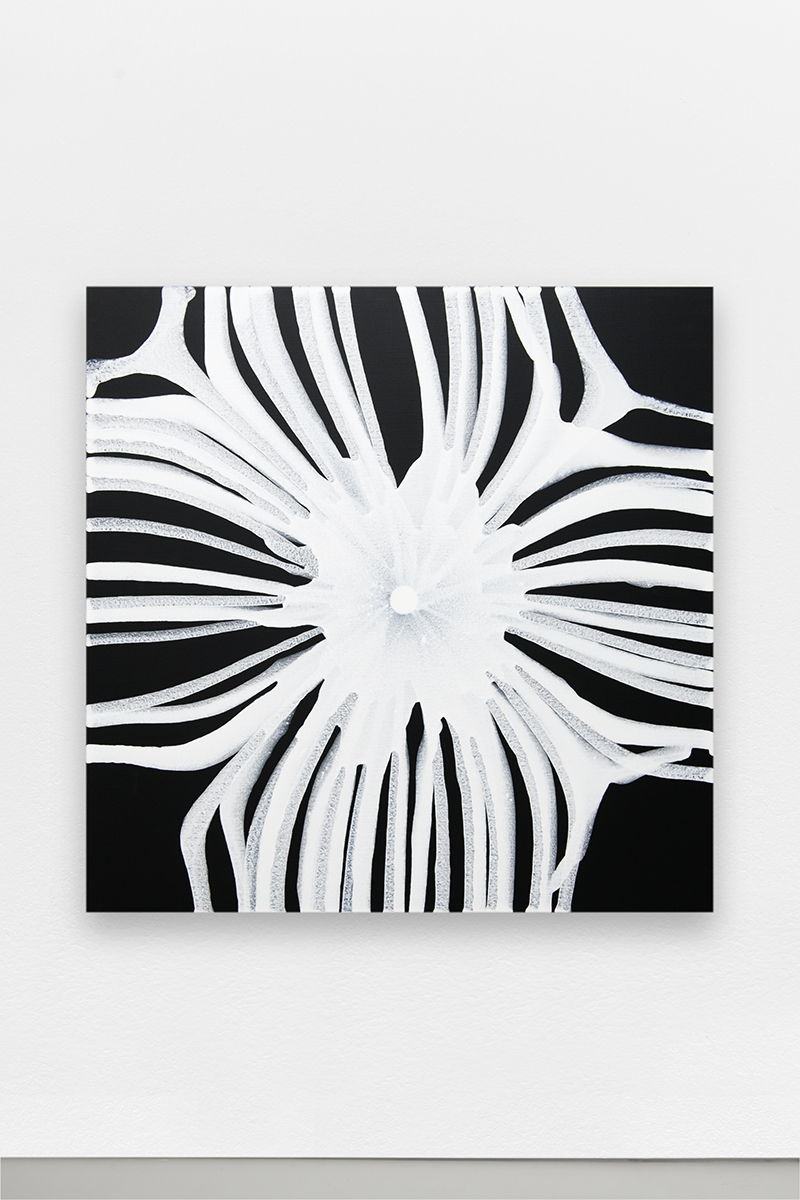
Medusa IV, 2022
Acrylic on canvas
150 x 150 cm
Courtesy the artist and Galerie Allen, Paris
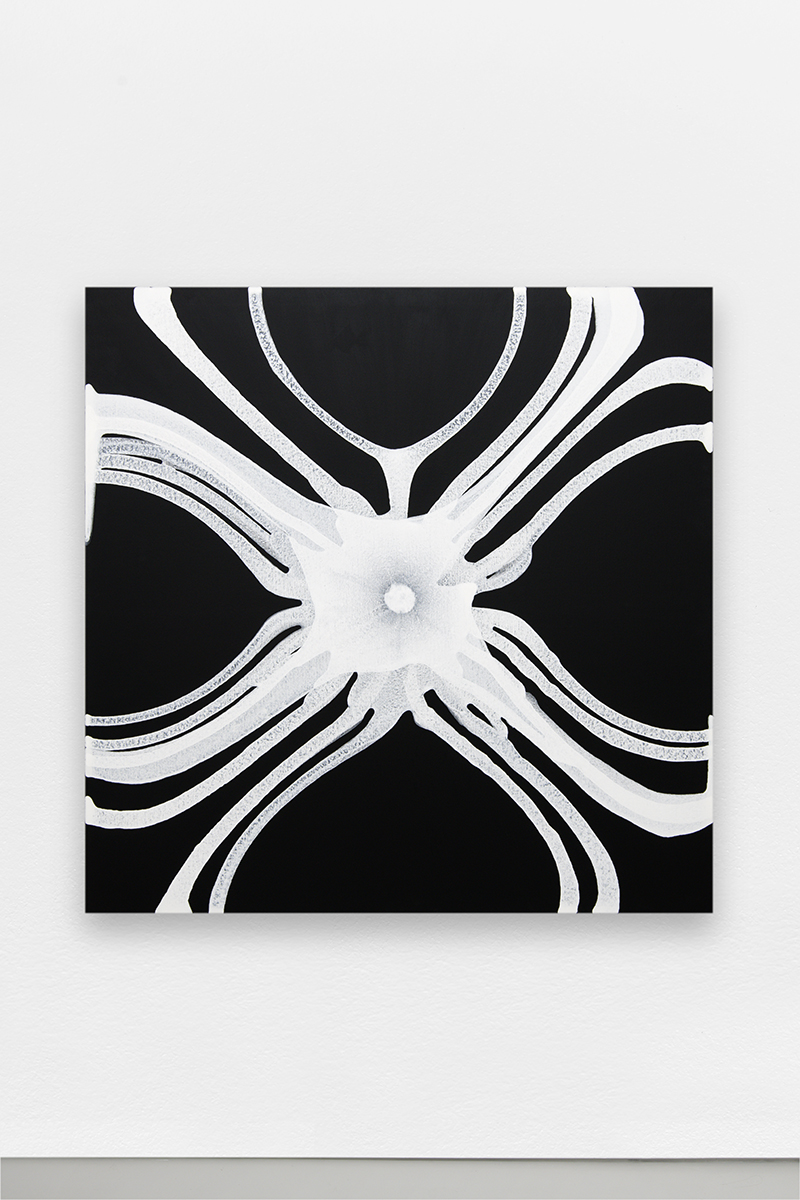
Medusa V, 2022
Acrylic on canvas
150 x 150cm
Courtesy the artist and Galerie Allen, Paris
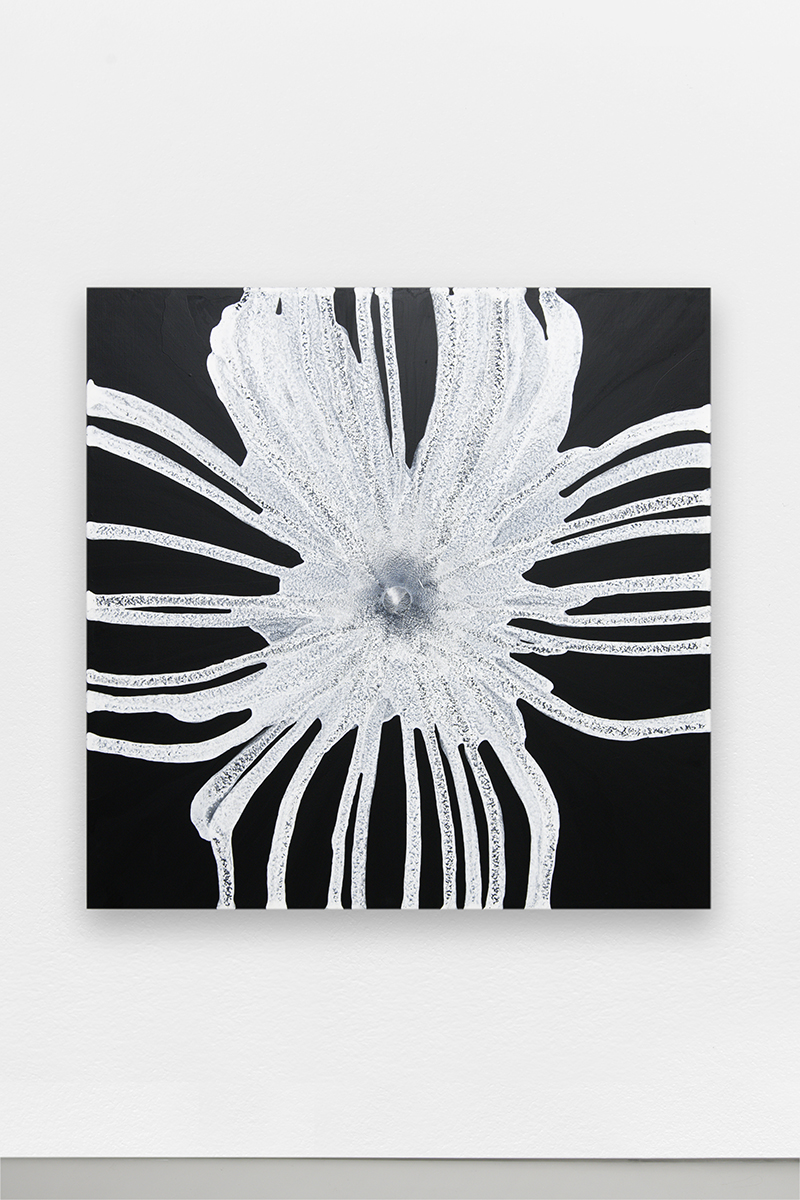
Suite Bava (Leonora), 2022
Suite Bava
Silkscreen ink on paper
80 x 60 cm
Frame: 82.5 x 62.5 cm
Courtesy the artist and Galerie Allen, Paris

Suite Bava (Luciano), 2022
Suite Bava
Silkscreen ink on paper
80 x 60 cm
Frame: 82.5 x 62.5 cm
Courtesy the artist and Galerie Allen, Paris
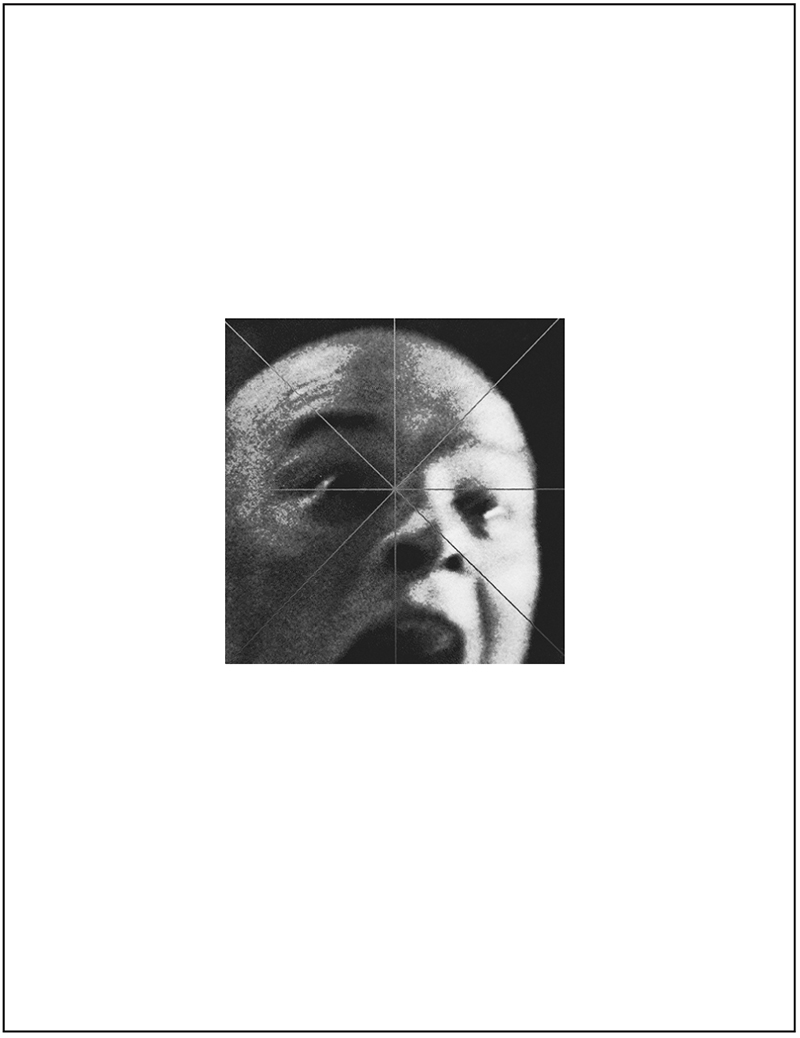
Suite Bava (Erika), 2022
Suite Bava
Silkscreen ink on paper
80 x 60 cm
Frame: 82.5 x 62.5 cm
Courtesy the artist and Galerie Allen, Paris
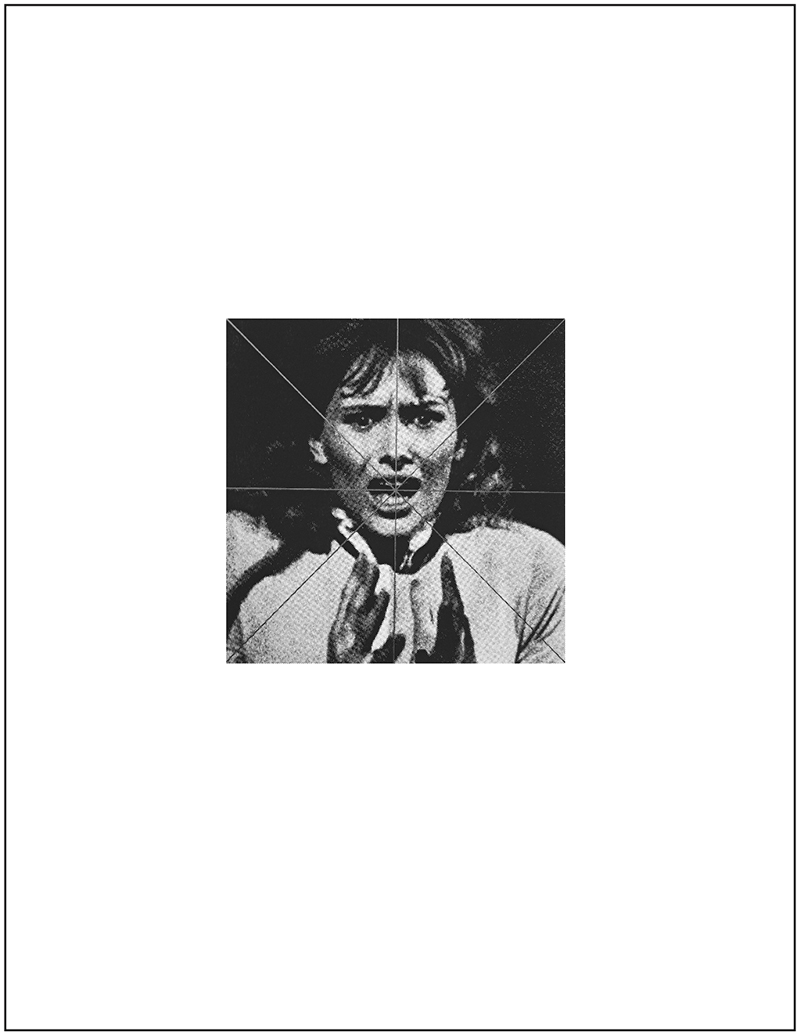
Suite Bava (Christopher), 2022
Suite Bava
Silkscreen ink on paper
80 x 60 cm
Frame: 82.5 x 62.5 cm
Courtesy the artist and Galerie Allen, Paris
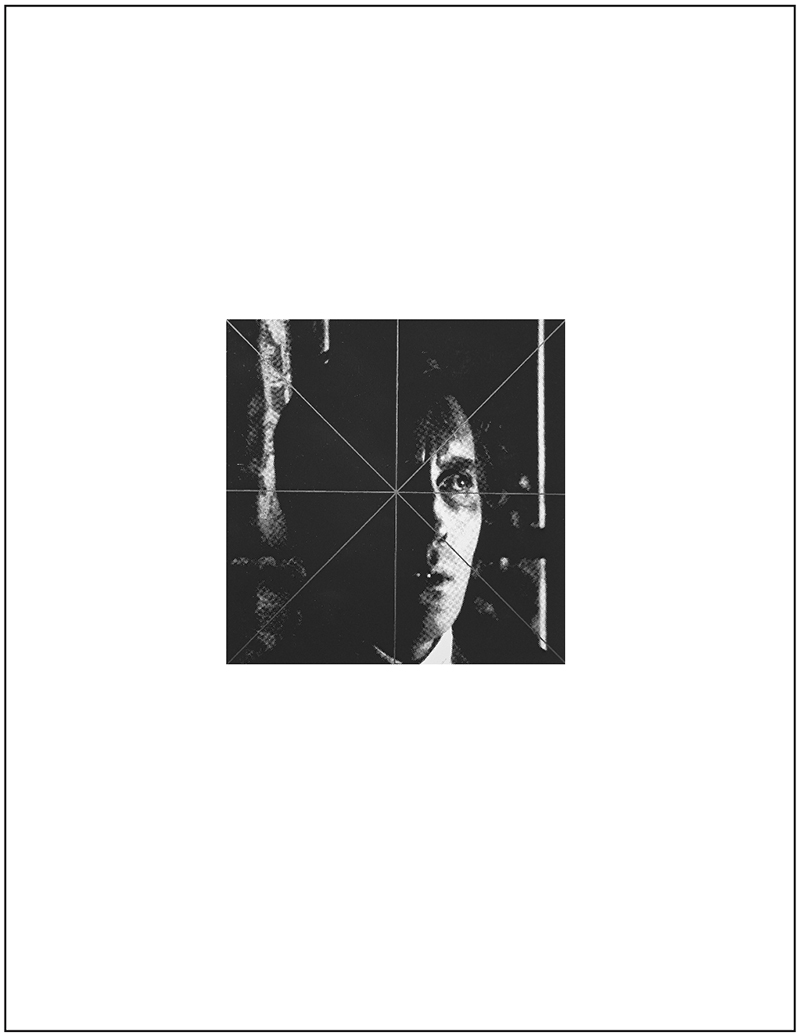
Suite Bava (Barbara), 2022
Suite Bava
Silkscreen ink on paper
80 x 60 cm
Frame: 82.5 x 62.5 cm
Courtesy the artist and Galerie Allen, Paris
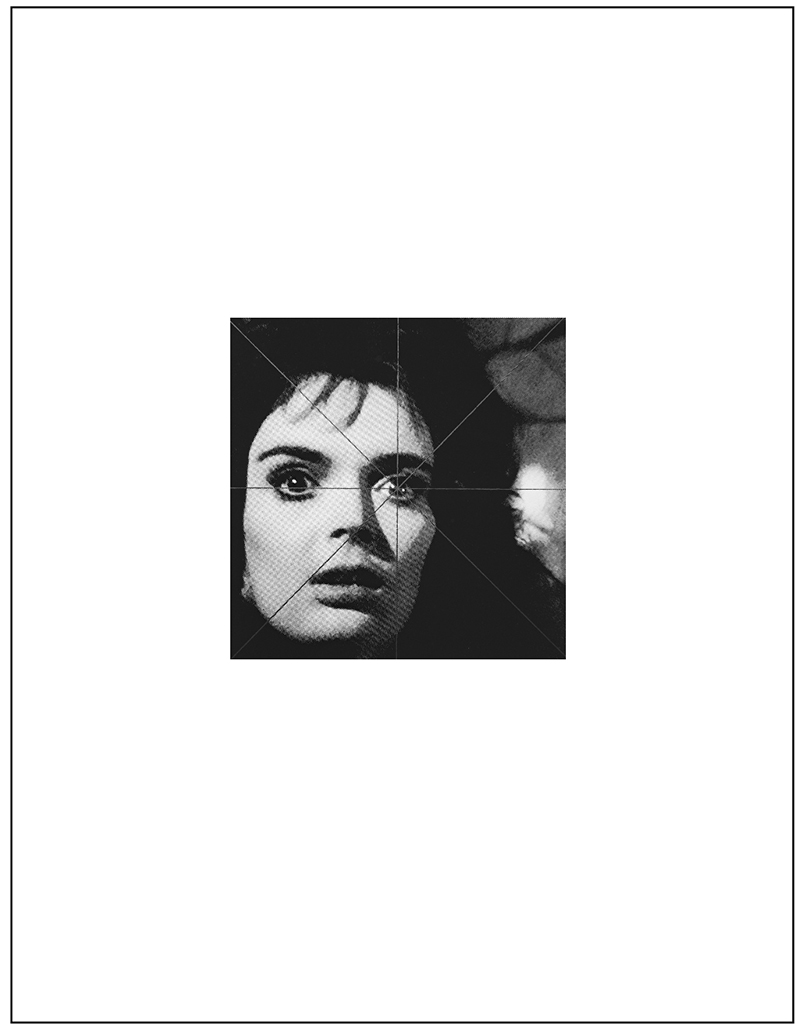
Suite Bava (Alessio), 2022
Suite Bava
Silkscreen ink on paper
80 x 60 cm
Frame: 82.5 x 62.5 cm
Courtesy the artist and Galerie Allen, Paris
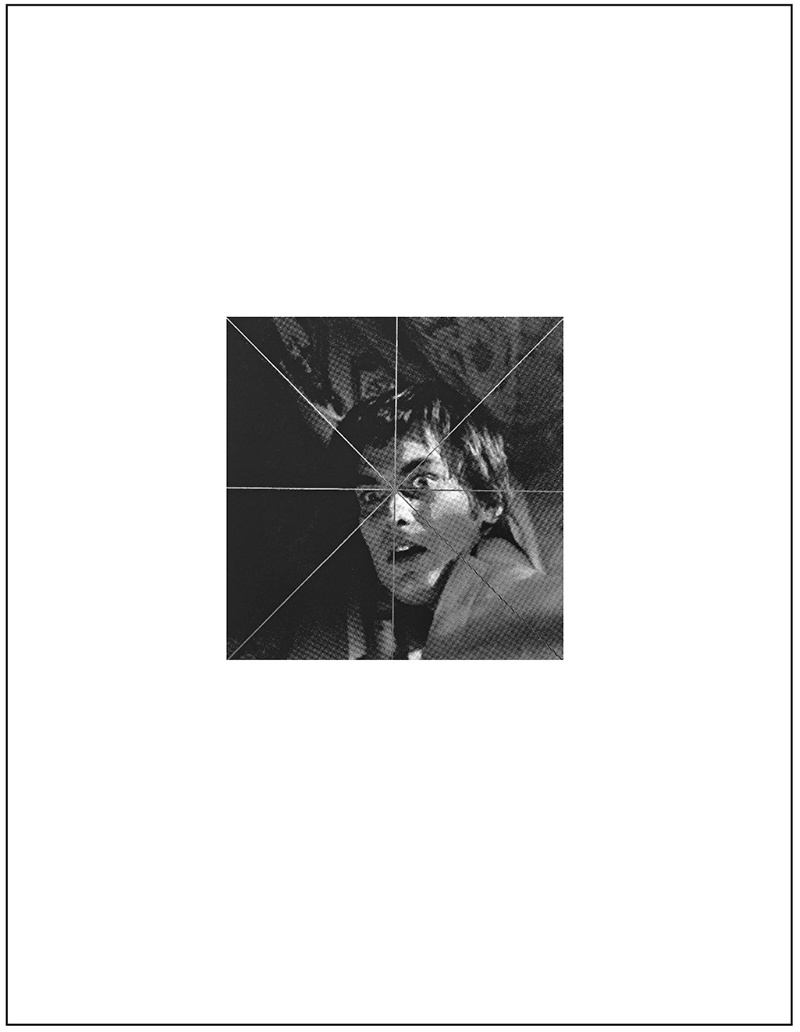
Suite Bava (Don B), 2022
Suite Bava
Silkscreen ink on paper
80 x 60 cm
Frame: 82.5 x 62.5 cm
Courtesy the artist and Galerie Allen, Paris
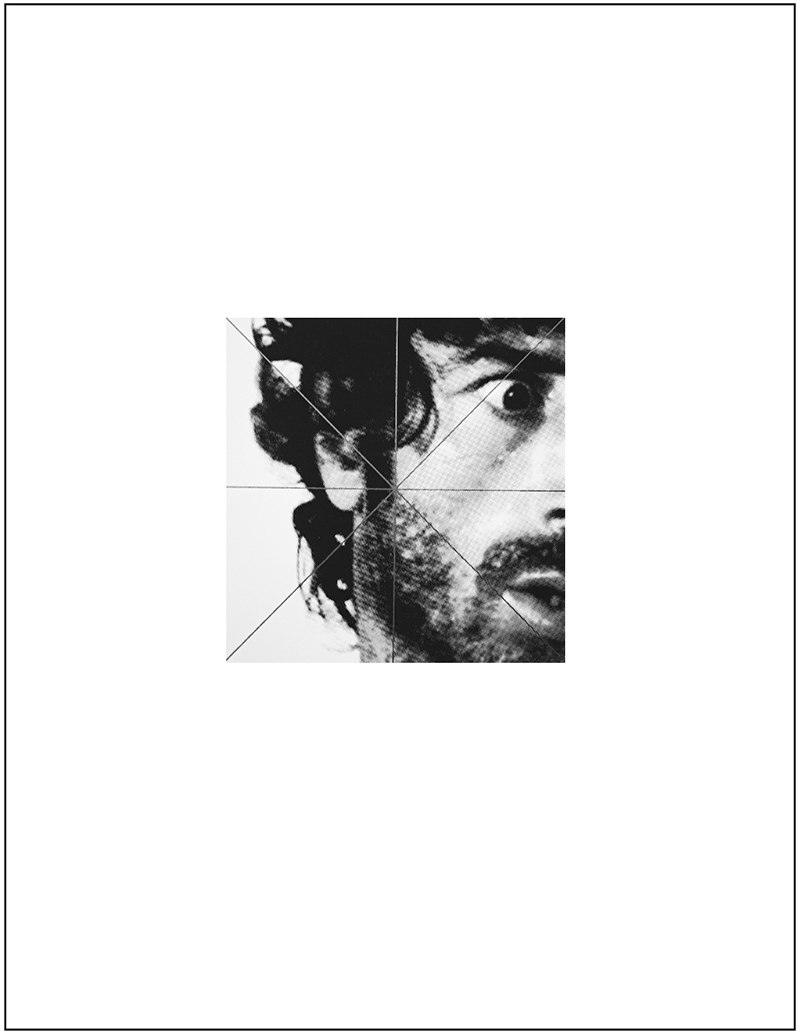
Suite Bava (Daliah), 2022
Suite Bava
Silkscreen ink on paper
80 x 60 cm
Frame: 82.5 x 62.5 cm
Courtesy the artist and Galerie Allen, Paris
